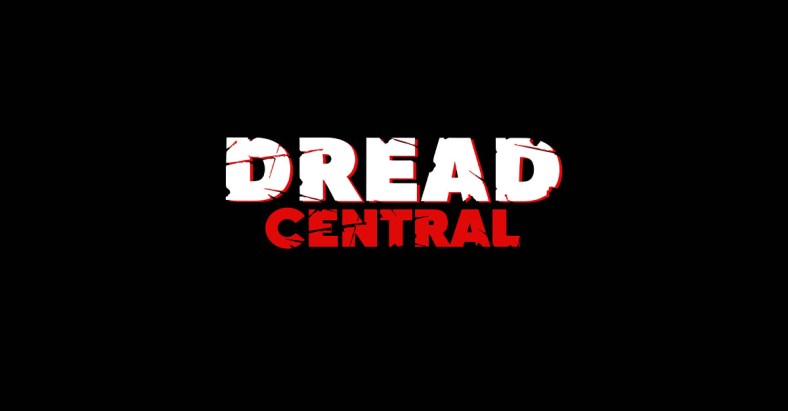Classical Hollywood
Today we learned about classical Hollywood (aka the Golden age), a period of time lasting from the 1920s to the late 1950s
Big five studios:
MGM

Paramount

Warner Bros

RKO Radio Picture

20th Century Fox

Smaller three studios:
Universal

Columbia

United Artists

Studios had complete control of a movies' making and screening through vertical integration, complete control from top (production) to bottom (exhibition).
MPPDA:
Was a trade body that served to:
Reduce the increasing moral panic over disreputable movies
Encourage cooperation between studios, preventing entry to new competitors
To encourage overseas governments to allow screening of their products
The Hays Code:
the MPPDA hired Will Hays to put in place a self regulatory code of practice, titled the Hays Code in 1930. Until it's cessation in the late 1960's, the Hays Code prevented the depiction of sex (eg. prioritize marriage, demonize adultery, no childbirth, no mixed race couples etc.) and criminal behavior (no drugs/alcohol, no glorifying crimes and criminals, but can show hanging and and electrocutions for crime).
Block Booking:
A practice where the studios would sell an entire years of movies as a single block. A block often contained one A-list movie among a slew of B-list movies. Studio-owned theatres were exempt from this block booking, which further cemented their monopoly of the movie market. This came to an end in 1948 with the US vs Paramount Pictures Inc. antitrust case that ended block booking and forced studios to sell their theatre chains.
The Star System:
Studios 'owned' the stars, where the stars were employees of the studios to be bought and sold at their whim. Studio contracts prevented the stars from using drugs etc. that prevented them from 'ruining' their image
Narrative Structure:
clearly structure with a discernible beginning, middle and end, with linear chains of cause and effect and the narrative provides a comprehensive resolution at the end.








No comments:
Post a Comment